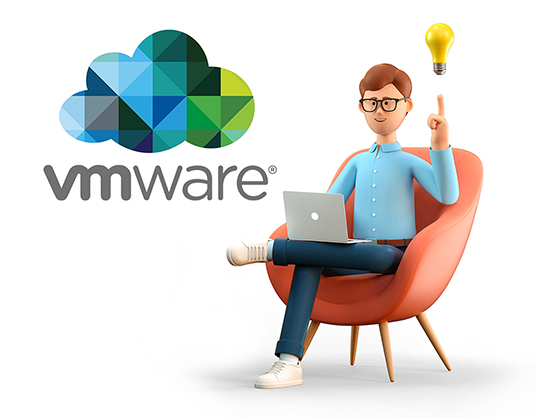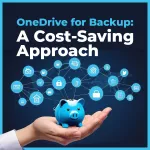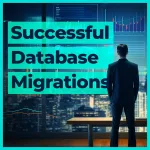Complete data protection for your guest VM's running on VMware vCenter/ESXi, VMware Workstation, and VMware Fusion.
- Simple, reliable and flexible solution for VMware protection.
- Instant recovery to meet recovery objectives.
- Scalability to meet growing needs.
- Ensure business continuity/disaster recovery (BCDR)
Secure, reliable, and fast backups
To ensure data reliability, reduce the amount of backup data transferred, and ultimately improve backup performance, Cloudbacko Go uses a range of different technologies:
- Select all VMs or specific VMs to backup.
- Select all or specific virtual disks of each VM to backup.
- VMware takes a snapshot to capture the entire state of the guest VMs to ensure complete data consistency in preparation for a backup.
- Application awareness on Windows guest VMs means all data in memory and pending transactions is automatically flushed to disk to guarantee application-level data consistency.
- VMware CBT (Change Block Tracking) technology to detect data block level changes on a guest VM, which means only data blocks that have changed since the last backup job are included in the backup data.
- Automatically excluding the swap file and deleted data blocks on the virtual disk(s) from the backup data.
- Data deduplication to detect and remove duplicate data only backing up unique data.
- Data compression to further reduce the size of the backup data.

What are the benefits?
When disaster strikes you have flexible guest VM recovery options:
Standard recovery options:
- Restore guest VMs to the original location on the same VMware host.
- Restore guest VMs to an alternate storage location on the same VMware host.
- Restore guest VMs to a completely different VMware host.
- Restore guest VMs as a set of raw files for manual recovery on the same VMware host or a different VMware host.
Advanced recovery options:
- Using granular restore, mount the virtual disk(s) of the guest VM directly from the backup file located on the backup destination. Then use CloudBacko Go UI or Window File Explorer to recover files/folders.
- Using VM Run Direct, start up and run a virtual machine directly from the backup file located on the backup destination. Without the need to physically restore it to the VMware host.
- Using Live Migration can physically restore running guest VM back to the VMware host.
How to backup VMware?
Please refer to the following instructions on How to create a VMware ESXi backup in a few simple steps






